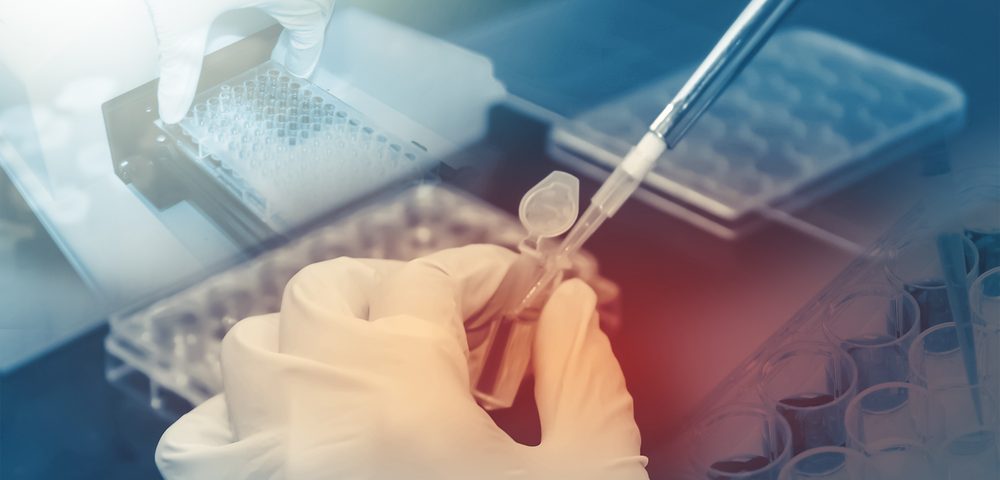New research using “big data” helps highlight the differences between breast cancer cell lines and actual patient samples. This could allow researchers to choose models that more accurately reflect what actually happens in people.
The study, “Evaluating cell lines as models for metastatic breast cancer through integrative analysis of genomic data,” was published in the journal Nature Communications.
Nearly all cancer research uses cell lines. (When scientists study cancer cells in dishes, it’s nearly always a cell line.) These lines typically are made by taking cancer cells from a patient, which then are — either via some modification or just plain old natural selection — able to grow in dishes, often for many cellular generations.
But cells growing in dishes, and tumor cells growing and spreading in a human body, are very different things. “The differences between cell lines and tumor samples have raised the critical question to what extent cell lines can capture the makeup of tumors,” Bin Chen, PhD, an author of the study and professor at Michigan State University, said in a press release.
To try to answer this question, researchers took advantage of the wide breadth of information — so-called “big data” — available through projects like The Cancer Genome Atlas, Cancer Cell Line Encyclopedia, and Gene Expression Omnibus.
They compared data between cell lines, human samples, and organoids, which are cells grown in a dish the same way cell lines are, but then develop a more complex three-dimensional structure that more closely replicates cells in a body organ.
The data they compared included genomic data, such as what kind of mutations each cell/tumor/organoid had, as well as transcriptomic data (which genes are being actively transcribed into RNA and how much so).
The researchers focused their analysis particularly on models and samples of metastatic breast cancer — cancer that has spread — because it is the spread itself that is most dangerous in breast cancer.
Interestingly, they found few similarities between cell lines and human samples. For example, MDA-MB-231, a cell line commonly used in metastatic breast cancer research, was quite different from most human samples in terms of its genome.
“I couldn’t believe the result. All evidence pointed to large differences between the two,” Chen said. “But, on the flip side, we were able to identify other cell lines that closely resembled the tumors and could be considered, along with other criteria, as better options for this research.”
In addition to noting some cell lines that may be better at modeling human disease, the organoids generally were found to be more genetically similar to human samples.
“Studies have shown that organoids can preserve the structural and genetic makeup of the original tumor,” Chen said. “We found at the gene expression level, it was able to do this, more so than cancer cell lines.”
Of course, both cell lines and organoids remain imperfect models of an extremely complex disease. Still, better understanding which models are good replicas of real cancer — and which ones aren’t — may help researchers to use the best models available. As a result, this may make testing new therapies with these models more reliable.

